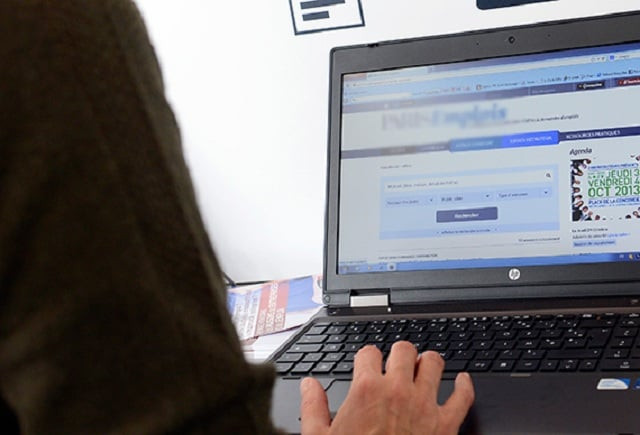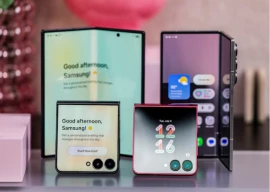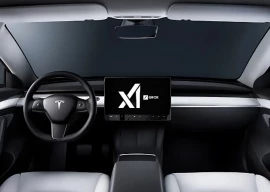
Why single-page websites? What makes them so attractive to these clients?
The main answer: this type of website has an extremely simplified navigation. This offers visitors an optimal browsing experience both on a computer and on a smartphone. By giving up the classic tree link structure, the content can be arranged in a logical, narrative manner, allowing users to explore it in a seamless scroll – experiencing each new section exactly the way you, the website owner, want it to be experienced.
The top features and benefits of single-page websites
When mobile internet became mainstream, a new concept in web design appeared: responsive web design.
This website lets you delete yourself from the internet
It made more sense to have one website optimized both for computer and smartphone browsing than to maintain a desktop version and a mobile version (two websites, two backends, two SEO strategies). Single-page websites were a natural development of the core principles of responsive web design. Their benefits are beyond the simple and seamless scrolling.
Do wonders with parallax
To parallax or not to parallax? This is an ongoing debate among web design professionals. While too much scrolling animation will become annoying for the visitors (and may even prevent them from properly understanding the content), a craftily designed parallax transition from one section to another makes browsing a pleasant experience.
Tell a story and build awareness
Storytelling is currently the most powerful and efficient way to create brand awareness and customer loyalty. Single page websites are the ideal medium for creating and narrating a story about a product, a brand image or a business vision.
So, what makes a single-page website awesome?
Minimalist design
This digital designer takes minimalism to great ends on his single-page website. The image that greets the visitor is an animated cloudscape in tones of gray, black, and white, with the designer’s name prominently displayed in the center. This approach leaves people no choice but to be intrigued and scroll down to find out more about the designer. The entire website maintains a uniform dark
This creepy website reveals how you are being watched
This approach leaves people no choice but to be intrigued and scroll down to discover more. The entire website maintains a uniform dark gray background, which is very comfortable for the viewer and allows the colored photos in the portfolio to pop on the page.
A splash of color
While monochrome and black-and-white themes are becoming more and more popular for single-page websites. A dash of bold color added to this design draws and maintain visual focus. This technique is straight out of photographers’ fashion photo sessions, where the entire photo is rendered in sepia or black or white, with a single element in color.
Clearly, the technique is beneficial to web design as well.
Focus on a key element
If the purpose of a single-page website is to tell a story, why not introduce its topic from the first screen?
In this example, a boutique PR company displays a bold, intricate piece of jewelry which symbolizes their mission and values: dedication and attention to details, extra value for the clients, and exclusivity.
A human touch
Displaying photos of people as background for your single-page website is always a great way to connect with visitors and gain their interest. People respond better to other people displaying positive emotions than to any other kind of visual.
Retaining some navigation buttons
Even though they seem pointless on a single-page website, navigation buttons are useful. For instance, returning visitors who want to get to a specific section, place an order, or contact your company quickly can do so by clicking on the relevant menu button, which gets them to their target page without scrolling.
This article originally appeared on Tech in Asia.


















COMMENTS
Comments are moderated and generally will be posted if they are on-topic and not abusive.
For more information, please see our Comments FAQ